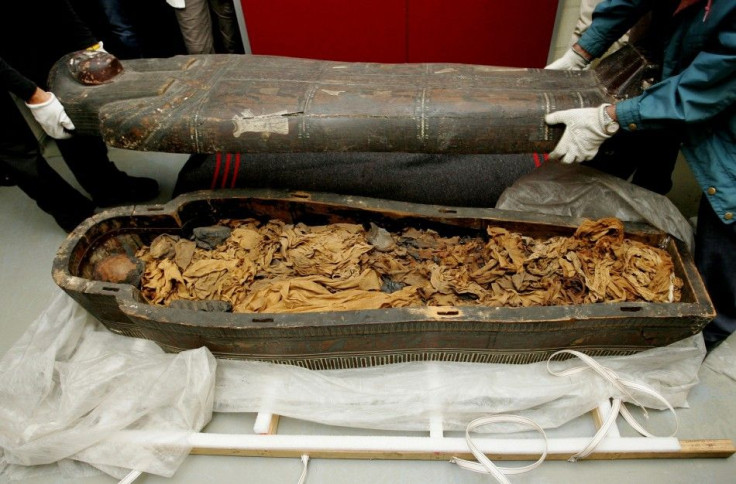Study Of Mummies Unearths Roman Lineage Of Tuberculosis

A study of hundreds of mummified corpses in Hungarian crypt has revealed that multiple strains of tuberculosis, or TB, derived from a single ancestor spread to the entire Europe during the 18th century. In addition, the study has established the link between the ancient strains and the strains of TB that exist in modern Europe.
The mummified bodies on which the epidemiologists conducted their research were found in 1994 by the labour who were working on the restoration of the Dominican church in Vac, Hungary. It was found that the 200 discovered corpses had become mummified naturally. The researchers speculate that the coffins had been kept in the church crypt between the years 1731 and 1838.
The researchers went ahead for extraction of samples from 26 Vac corpses with markers for TB. Out of all the corpses, eight were identified to yield samples that could be used appropriately for genetic sequencing of the Mycobacterium tuberculosis DNA that causes TB.
The researchers discovered that all the samples carried the strain Lineage 4, which is today known to affect more than a million TB patients every year in Europe and America. The researchers the built a family tree of the identified strain and found that the bacterial ancestor actually dates back to the Roman period, suggesting that the disease first appeared around 6,000 years ago.
The mummies that were referenced to for the study are now preserved at the Hungarian Natural History Museum.
The study findings have been published in the journal Nature Communications.
To report a problem or to leave a feedback on the artcile, send an e-mail to emailtoguneet@gmail.com.





















